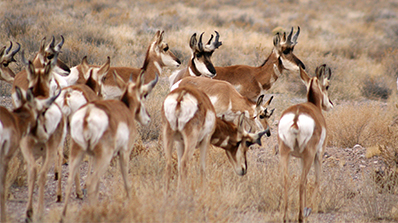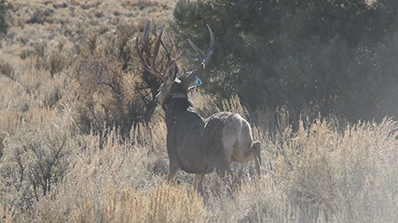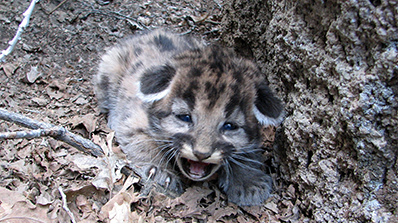Mountain lions are part of Derek Hall’s DNA. His love of the “cats,” as he calls them, goes back to his alma mater, Brigham Young University in Provo, Utah, whose mascot is a cougar. Several years after, Hall dedicated his feline fandom to the Nevada National Security Site (NNSS). He oversees a project that studies mountain lions on the Site to learn more about their abundance, distribution, habitat use and diet.
A principal scientist, Hall is part of NNSS’ Ecological & Environmental Monitoring team, which tracks the Site’s animals. As for the lions, they are tracked because people have reported sightings of them.
“We wanted to understand what risk, if any, these animals posed to our Site employees, so we set up motion-activated cameras to document their distribution and abundance,” Hall said. “From the images, we discovered a reproducing population of mountain lions on the NNSS with males and females of various ages. The next step was to capture them and put on their GPS radio collars to track their movements and answer questions like, ‘Are they going near our facilities? Are they a threat? What are they eating? Where do they kill their prey? Are there areas workers should avoid?’ We collaborated with the U.S. Geological Survey (USGS) to capture and track nine lions between 2010 and 2018. We learned that they pose little to no threat to NNSS workers, unless they’re working in mountainous areas when it’s dark.”
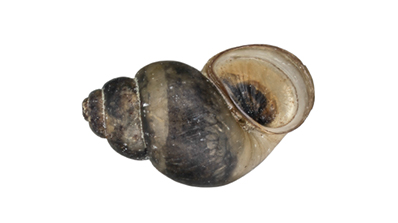
But it’s not just mountain lions Hall and his team monitor. They track and study several of the more than 1,500 animal species at the Site. This includes even small invertebrates like the southeast Nevada pyrg, a springsnail found at Cane Spring. The U.S. Fish and Wildlife Service has asked the National Nuclear Security Administration’s Nevada Field Office (NFO) to be part of a program to preserve these snails.
“This is a conservation strategy,” Hall said. “We’re trying to get more protection for several species of these snails. NFO is a good land steward in this regard.”
In the last few years, the NNSS has also been involved with the USGS in tagging desert bighorn sheep, the Nevada state animal. This involves capturing them, extracting blood, gathering their vital statistics and collaring to track them. This helps Hall and his fellow scientists learn their roaming patterns, their potential to become part of the hunter/food chain, and the prevalence of pneumonia, a deadly disease that has killed many sheep in Southern Nevada.
The NNSS and USGS are now expanding this stewardship and scientific study to mule deer and pronghorn antelope. Studying them closely will yield more data on their migration and movements, and their role in the hunter/food chain. Hall guesses there may be 500 to 800 mule deer living in the hills, mountains and mesas. As for antelope, up to 60 of them roam the Site’s open valleys and flat areas. According to Hall, USGS has contracted with Native Range Capture Services, a professional capture company contractor, to help him and his team with the mule deer and antelope capture effort. Another major collaborator on the project is the Nevada Department of Wildlife (NDOW).
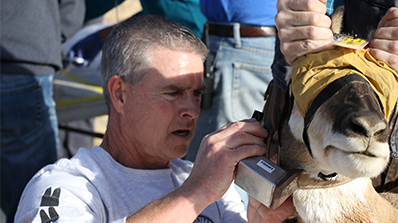
A video of the most recent tagging effort is available on the NNSS YouTube channel.
“It will be interesting to see what our data will show us,” Hall said. “As for mountain lions, winter is the toughest time for them: 21 percent of their prey is bighorn sheep, mainly in winter and spring. Sixty-eight percent of the mountain lions’ prey is mule deer, mainly in the summer and fall.”
These animals are crucial to the mountain lions’ survival, and to the Site’s ecology. So continues the circle of life.
